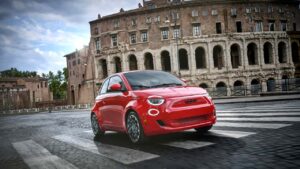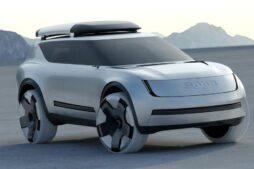Saab’s First Luxury Model: A Collaboration with Fiat to Share Platform
During the mid-1980s, a groundbreaking venture emerged in the automotive industry as Swedish company Saab and Italian powerhouse Fiat joined forces. This partnership resulted in the birth of the 9000 model, which not only showcased their collaborative ingenuity but also marked Saab’s debut in the luxury market. Released in 1984, the 9000 swiftly gained popularity and remains one of the company’s most iconic offerings. Its enduring legacy can be attributed to several notable factors.
Introducing Timeless European Gems, our weekly examination of iconic vehicles from the European market that defined a generation of driving.
The Saab 9000 won our hearts with its innovative design and use of cutting-edge technology. Developed as part of the Type Four platform in collaboration with Fiat, the 9000 shared its foundation with the Fiat Croma, Lancia Thema, and Alfa Romeo 164. The one-of-a-kind body, created by renowned designers Giorgetto Giugiaro and Saab’s very own Björn Envall, demonstrated a fusion of refined Scandinavian aesthetics and vibrant Italian influence. Despite its similarities to the other models on the platform, the 9000 distinguished itself with enhanced crash safety measures and exclusive features.
The 9000’s size was a notable feature, with a shorter length compared to the 900 – a lower-ranked model in the hierarchy – but a longer wheelbase. The EPA classified the 9000 as a “large car” in the US due to its spacious interior and transversely mounted drivetrain, a distinction that was only shared with Rolls-Royce at that time.

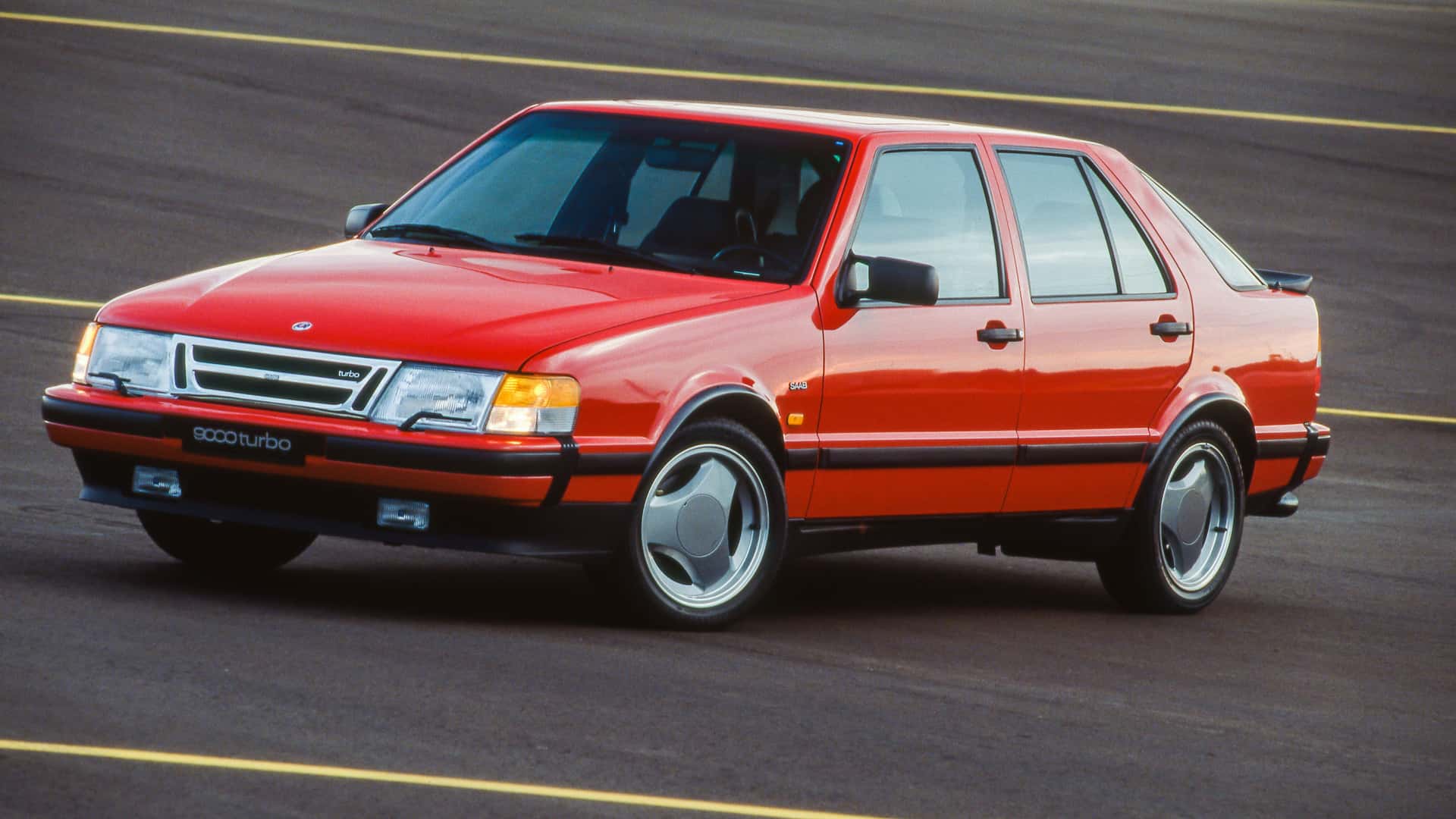
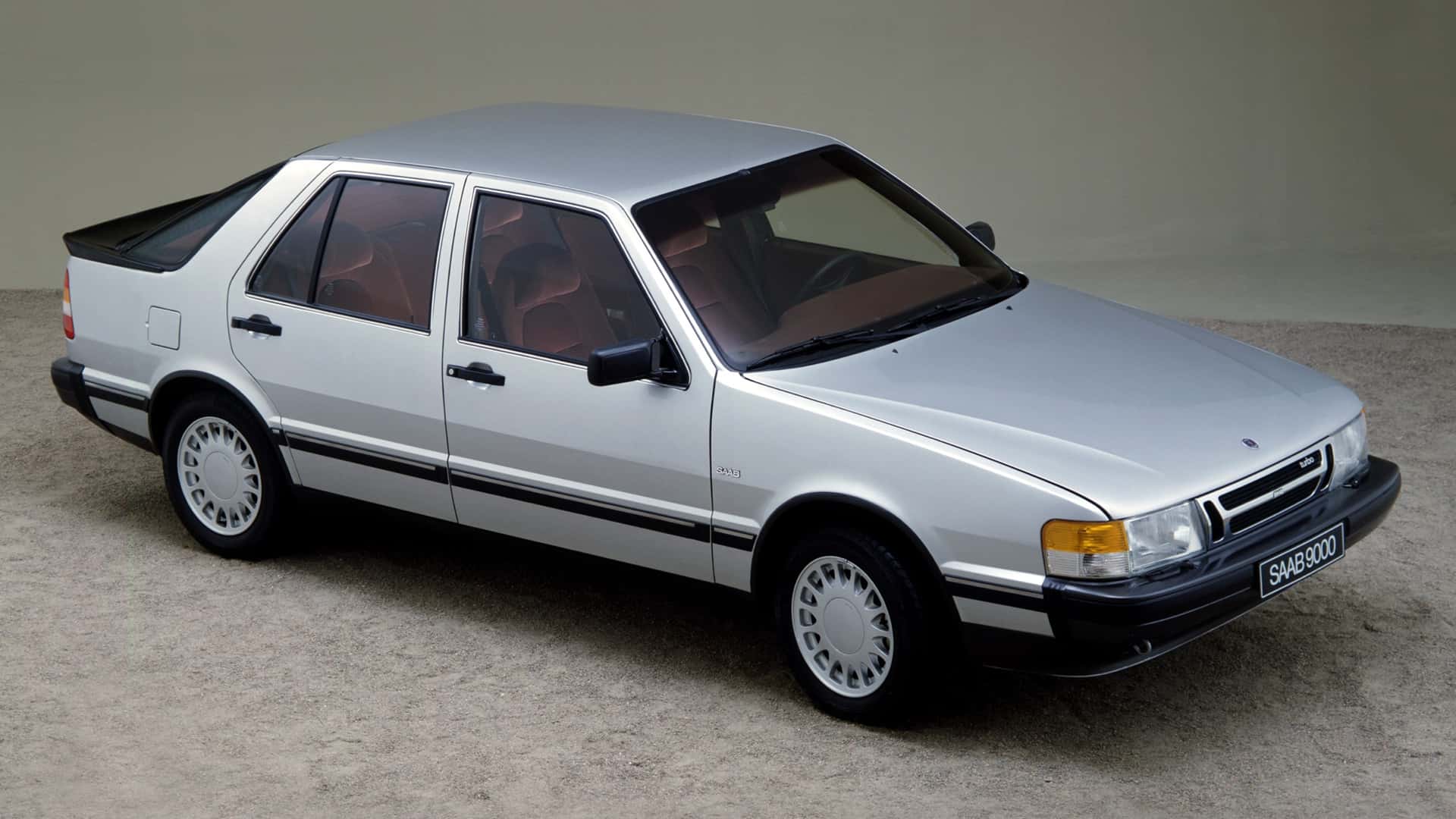
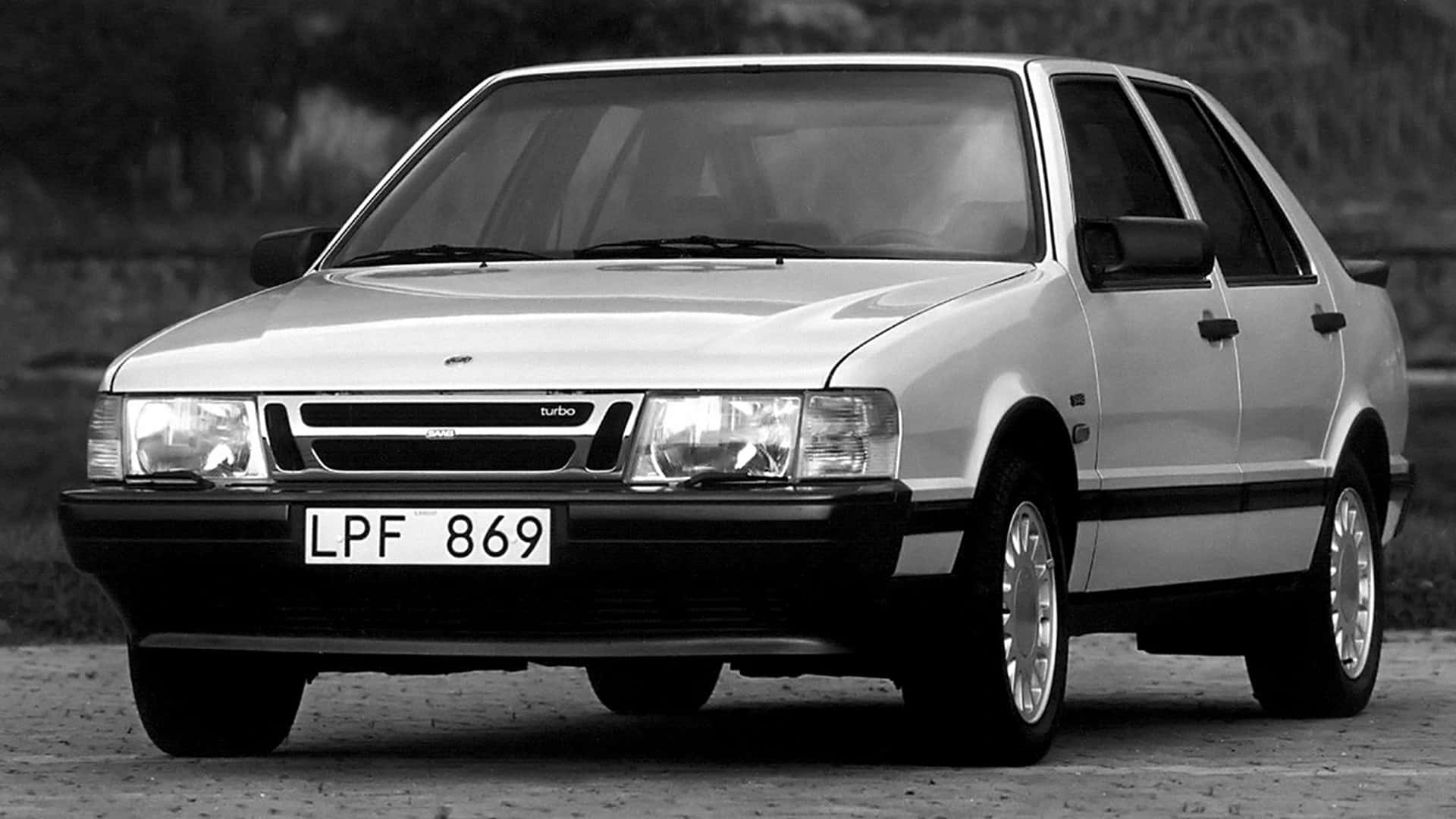
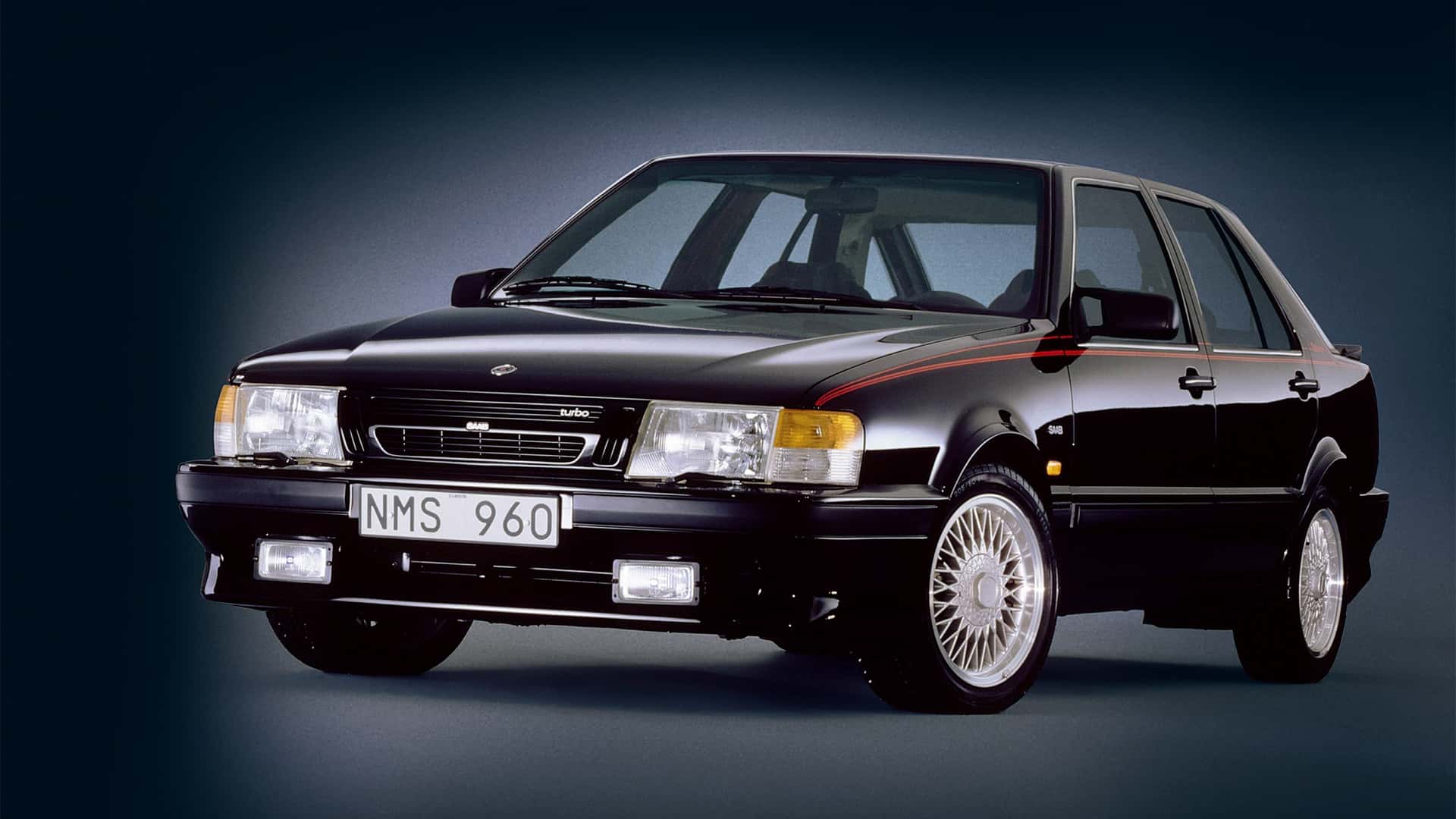
On May 24, 1984, the automotive press got its first glimpse of the 9000 at Kolmården Game Park. It wasn’t long before this new model made its debut on the European market in 1985. This launch marked a significant turning point for the brand and its introduction into the executive car market.
Within the internals of the vehicle, the 9000 provided a wide array of engine choices, including both naturally-aspirated and turbocharged variations. The majority of options consisted of Saab’s own creations, such as the 2.0-liter and 2.3-liter engines. In specific regions, a 3.0-liter V6 engine from Isuzu was also available. As part of an interesting test, one prototype even featured a Saab V8 engine, but it never made it to mass production stages. The most potent engine in mass production was the 2.3 turbo, delivering an impressive 225 horsepower, surpassing the output of the 3.0-liter V6.
Despite initially catering to a smaller market compared to other upscale car brands, the Saab 9000 proved to be a triumph as evidenced by its impressive production numbers. A grand total of 503,087 units were manufactured, solidifying its status as a commercial success. This model consisted of three distinct variations: the Saab CC from 1985 to 1991, the 9000 CS from 1992 to 1998, and the 9000 CD from 1988 to 1997.
Aside from its impressive technological advancements and successful sales numbers, the 9000 also boasted some charming and unique features. Take, for instance, the inspiration behind its seats which came from The Muppet Show, adding a touch of playfulness to the car’s interior design. Furthermore, Saab went above and beyond in ensuring the safety of the 9000, resulting in only seven parts being compatible with its Italian counterparts. This exemplifies the extra care and effort put into making it stand out among its competitors.
Back in 1993, Saab took a bold step forward by incorporating steer-by-wire technology into their 9000 prototype, as part of the ambitious Prometheus project – an initiative aimed at improving traffic efficiency and safety throughout Europe. Amongst the various contributions to this program, Saab’s modified 9000 stood out due to its unique center-mounted joystick, replacing the traditional steering wheel. This revolutionary configuration not only eliminated the potential for bodily harm in the event of a collision, but also simplified the installation of airbags and provided better visibility of the instrument panel, making it more cost-effective. The groundbreaking prototype was put through its paces by none other than Jeremy Clarkson in a memorable episode of Top Gear (as shown below).
